Yokohama, being Japan’s second-largest city, has a little something for everyone. Its romantic harbor is lined with parks and backed by a breathtaking skyline. History buffs can see numerous centuries-old structures inside Sankeien Garden. The Ramen Museum and Chinatown are great foodie destinations, and the Noge and Kannai districts are filled with enough cocktail bars and brewpubs give your liver a serious workout.
Unfortunately, many overseas travelers are unaware of all Yokohama has to offer, and skip right by the city on their way between Tokyo and Kyoto. In an effort to help get the word out on Yokohama’s numerous attractions, the city has teamed up with telecommunications giant NTT to provide free Internet access to foreign tourists.

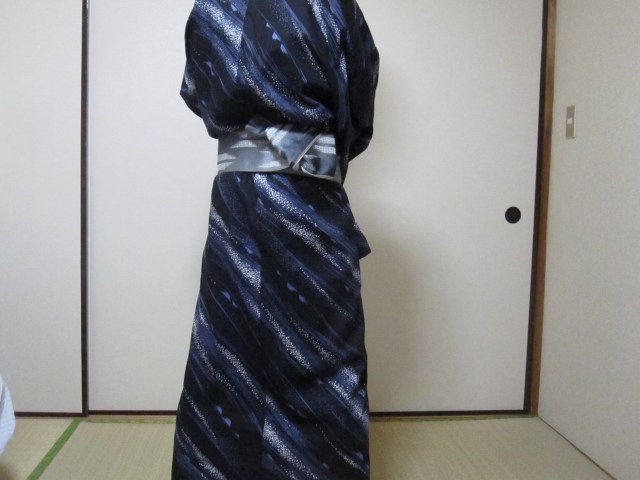
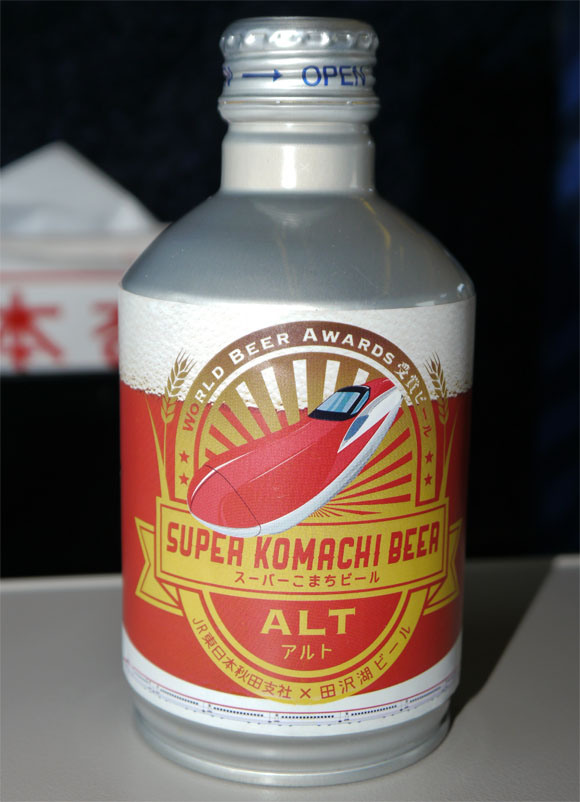
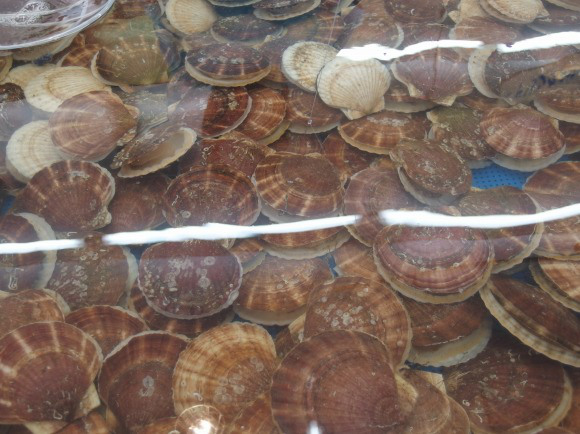
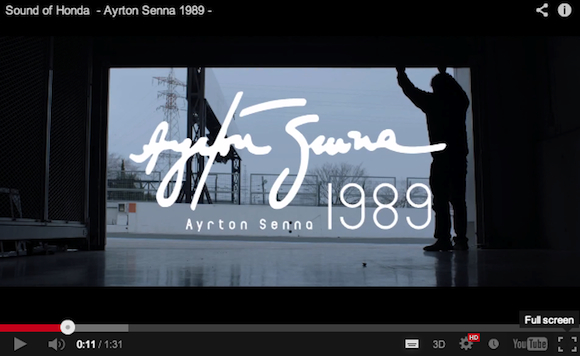
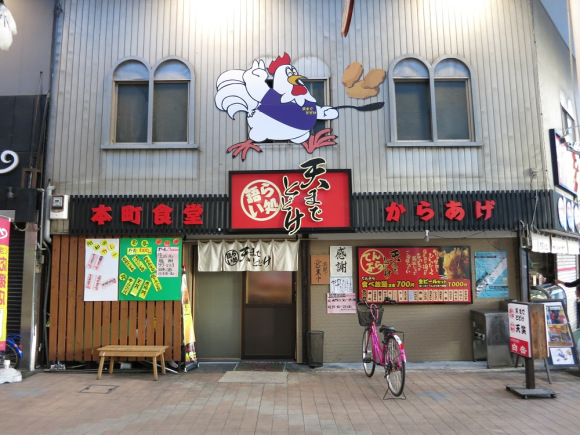
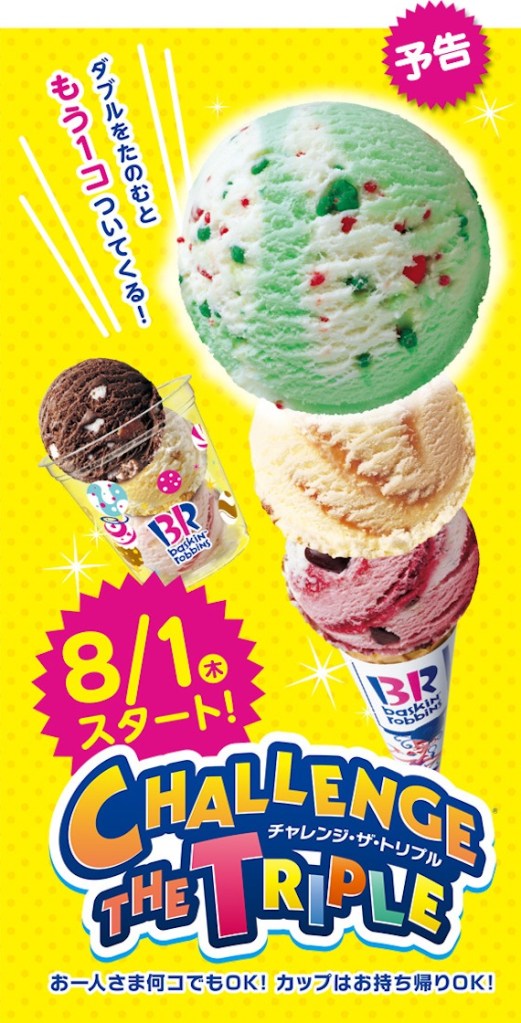
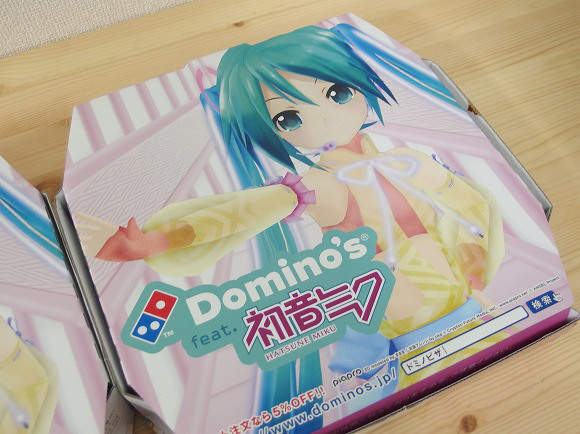
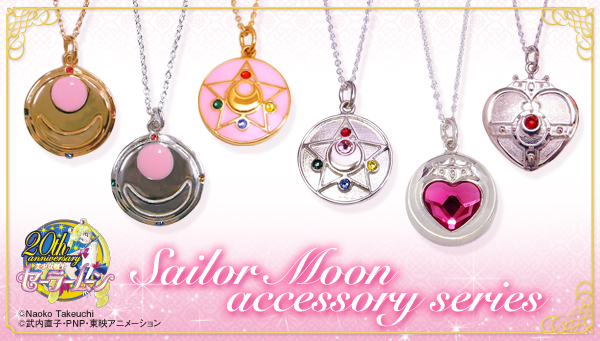
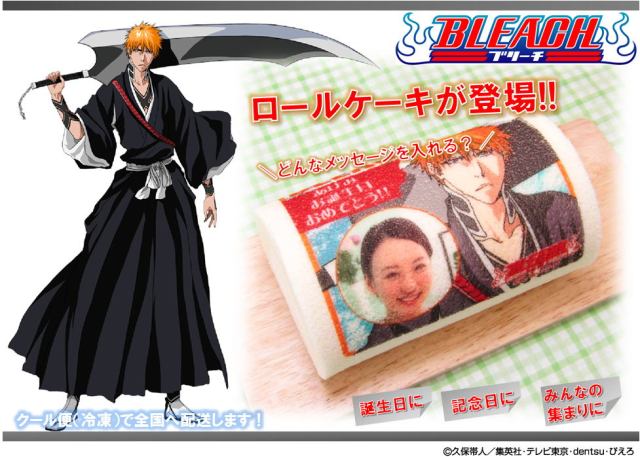
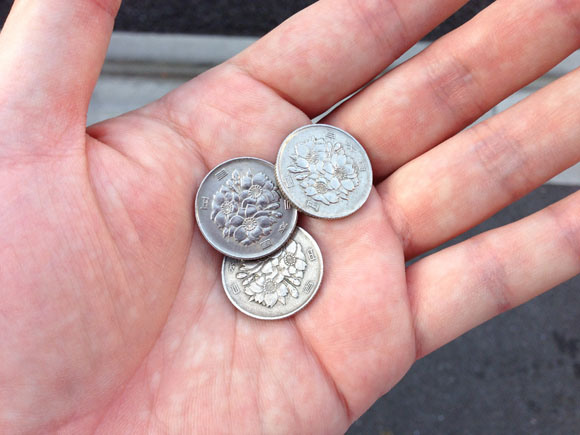
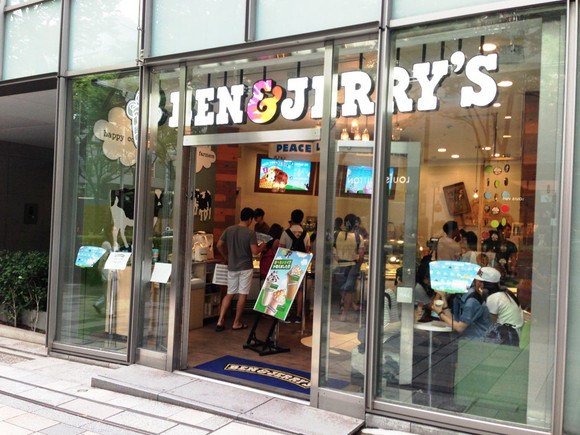

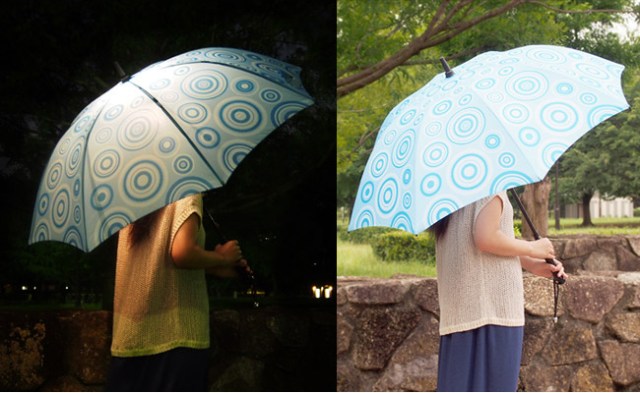
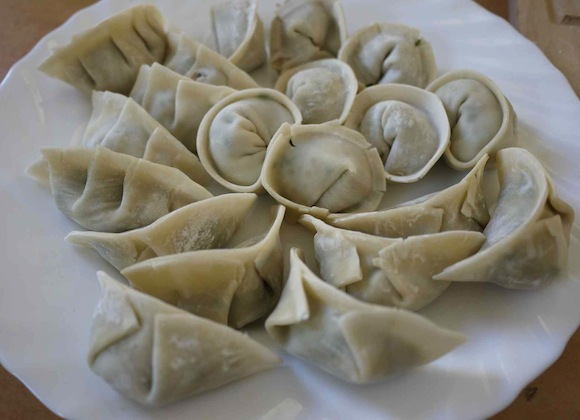
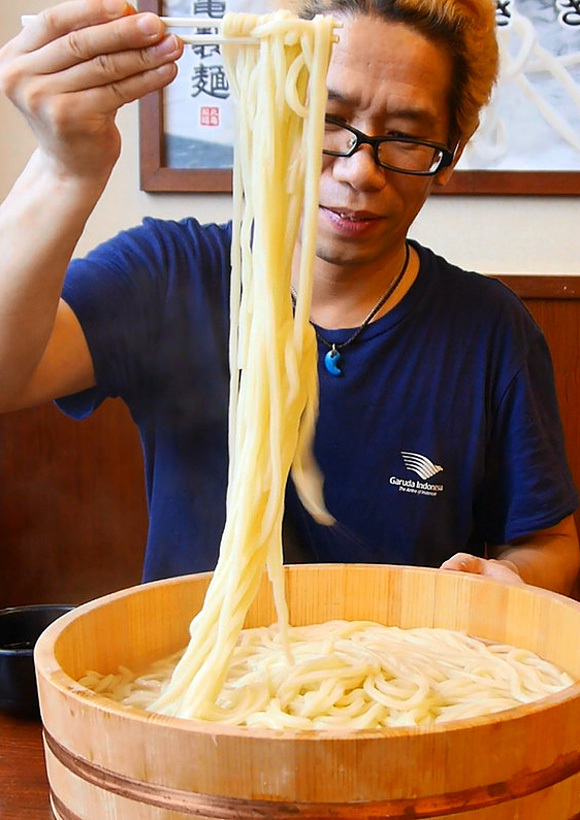
 One of Tokyo’s most beautiful gardens gets its own moon for moon-viewing season
One of Tokyo’s most beautiful gardens gets its own moon for moon-viewing season New Hello Kitty McDonald’s Japan Happy Meal toys are here, and Kitty’s sister is part of the set
New Hello Kitty McDonald’s Japan Happy Meal toys are here, and Kitty’s sister is part of the set Starbucks teams up with the oldest of Japan’s Six Ancient Kilns to create a Bizen ware coffee mug
Starbucks teams up with the oldest of Japan’s Six Ancient Kilns to create a Bizen ware coffee mug How to use the self-serve dispensers for green tea at conveyor bel sushi restaurants in Japan
How to use the self-serve dispensers for green tea at conveyor bel sushi restaurants in Japan Kyoto’s breathtaking, mouthwatering matcha parfait bars get new autumn-only flavor
Kyoto’s breathtaking, mouthwatering matcha parfait bars get new autumn-only flavor Tokyo Skytree to be lit up in Jujutsu Kaisen colors on Halloween in months-long art collaboration
Tokyo Skytree to be lit up in Jujutsu Kaisen colors on Halloween in months-long art collaboration Starbucks serves up a new afternoon tea set in Japan with a super high price tag
Starbucks serves up a new afternoon tea set in Japan with a super high price tag Starbucks adds official Kids’ Frappuccinos to the menu in Japan
Starbucks adds official Kids’ Frappuccinos to the menu in Japan Pikachu/Game Boy manhole cover installed at Nintendo Museum, not viewable by general public
Pikachu/Game Boy manhole cover installed at Nintendo Museum, not viewable by general public Studio Ghibli releases free-download board game — Here’s how to play it without reading Japanese
Studio Ghibli releases free-download board game — Here’s how to play it without reading Japanese Studio Ghibli lets you cosplay as Howl from Howl’s Moving Castle with cosy anime fashion range
Studio Ghibli lets you cosplay as Howl from Howl’s Moving Castle with cosy anime fashion range Super budget-friendly retro Tokyo hotel feels like having your own 1960s Asakusa apartment
Super budget-friendly retro Tokyo hotel feels like having your own 1960s Asakusa apartment Hot spring facility’s beautiful views and all-you-can-eat sushi leave us clean, full, and happy
Hot spring facility’s beautiful views and all-you-can-eat sushi leave us clean, full, and happy Starbucks Japan releases custom tumblers…that wear aprons
Starbucks Japan releases custom tumblers…that wear aprons Abuse Cafe Japan: We get abused by waitresses in maids’ uniforms at Tokyo’s viral pop-up diner
Abuse Cafe Japan: We get abused by waitresses in maids’ uniforms at Tokyo’s viral pop-up diner Kyoto becomes City of Yokai, with Night Parade of One Hundred Demons festival this autumn
Kyoto becomes City of Yokai, with Night Parade of One Hundred Demons festival this autumn Studio Ghibli releases new wooden stand clips featuring cute cast of anime characters
Studio Ghibli releases new wooden stand clips featuring cute cast of anime characters Foreign tourists on Shinkansen bullet train break suitcase etiquette, angering local passengers
Foreign tourists on Shinkansen bullet train break suitcase etiquette, angering local passengers Japanese government suspends plan to pay Tokyo women 600,000 to move away to get married
Japanese government suspends plan to pay Tokyo women 600,000 to move away to get married Japanese government wants to remove tax-exemption limit for foreign tourists on consumables
Japanese government wants to remove tax-exemption limit for foreign tourists on consumables Starbucks Japan unveils new limited-edition Frappuccino for autumn
Starbucks Japan unveils new limited-edition Frappuccino for autumn The heartwarming story of Japan’s “Weakling Gundam” and the fans who supported it in its hour of need
The heartwarming story of Japan’s “Weakling Gundam” and the fans who supported it in its hour of need Foreign tourist in Japan arrested for having sex on shrine grounds in broad daylight
Foreign tourist in Japan arrested for having sex on shrine grounds in broad daylight McDonald’s new Happy Meals offer up cute and practical Sanrio lifestyle goods
McDonald’s new Happy Meals offer up cute and practical Sanrio lifestyle goods [Deleted] Article written for April Fool’s Day 2018
[Deleted] Article written for April Fool’s Day 2018 Sold-out Studio Ghibli desktop humidifiers are back so Totoro can help you through the dry season
Sold-out Studio Ghibli desktop humidifiers are back so Totoro can help you through the dry season Japanese government to make first change to romanization spelling rules since the 1950s
Japanese government to make first change to romanization spelling rules since the 1950s Foreigner’s request for help in Tokyo makes us sad for the state of society
Foreigner’s request for help in Tokyo makes us sad for the state of society Ghibli founders Toshio Suzuki and Hayao Miyazaki contribute to Japanese whisky Totoro label design
Ghibli founders Toshio Suzuki and Hayao Miyazaki contribute to Japanese whisky Totoro label design Doraemon found buried at sea as scene from 1993 anime becomes real life【Photos】
Doraemon found buried at sea as scene from 1993 anime becomes real life【Photos】 Tokyo’s most famous Starbucks is closed
Tokyo’s most famous Starbucks is closed Princesses, fruits, and blacksmiths: Study reveals the 30 most unusual family names in Japan
Princesses, fruits, and blacksmiths: Study reveals the 30 most unusual family names in Japan Tokyo Skytree to be lit up in Jujutsu Kaisen colors on Halloween in months-long art collaboration
Tokyo Skytree to be lit up in Jujutsu Kaisen colors on Halloween in months-long art collaboration Starbucks serves up a new afternoon tea set in Japan with a super high price tag
Starbucks serves up a new afternoon tea set in Japan with a super high price tag Starbucks adds official Kids’ Frappuccinos to the menu in Japan
Starbucks adds official Kids’ Frappuccinos to the menu in Japan Pikachu/Game Boy manhole cover installed at Nintendo Museum, not viewable by general public
Pikachu/Game Boy manhole cover installed at Nintendo Museum, not viewable by general public Studio Ghibli releases free-download board game — Here’s how to play it without reading Japanese
Studio Ghibli releases free-download board game — Here’s how to play it without reading Japanese Night sky Studio Ghibli greeting cards are a beautiful reason to put pen to paper【Photos】
Night sky Studio Ghibli greeting cards are a beautiful reason to put pen to paper【Photos】 Netflix reveals first look at Tony Tony Chopper in live-action One Piece【Video】
Netflix reveals first look at Tony Tony Chopper in live-action One Piece【Video】 KFC Japan unveils new Tsukimi Moon Viewing Burgers for 2024
KFC Japan unveils new Tsukimi Moon Viewing Burgers for 2024 Hello Kitty isn’t a cat!? We called Sanrio to find out!
Hello Kitty isn’t a cat!? We called Sanrio to find out! It’s like the samurai era never ended at this beautiful Japanese mountain town
It’s like the samurai era never ended at this beautiful Japanese mountain town Starbucks Japan releases custom tumblers…that wear aprons
Starbucks Japan releases custom tumblers…that wear aprons